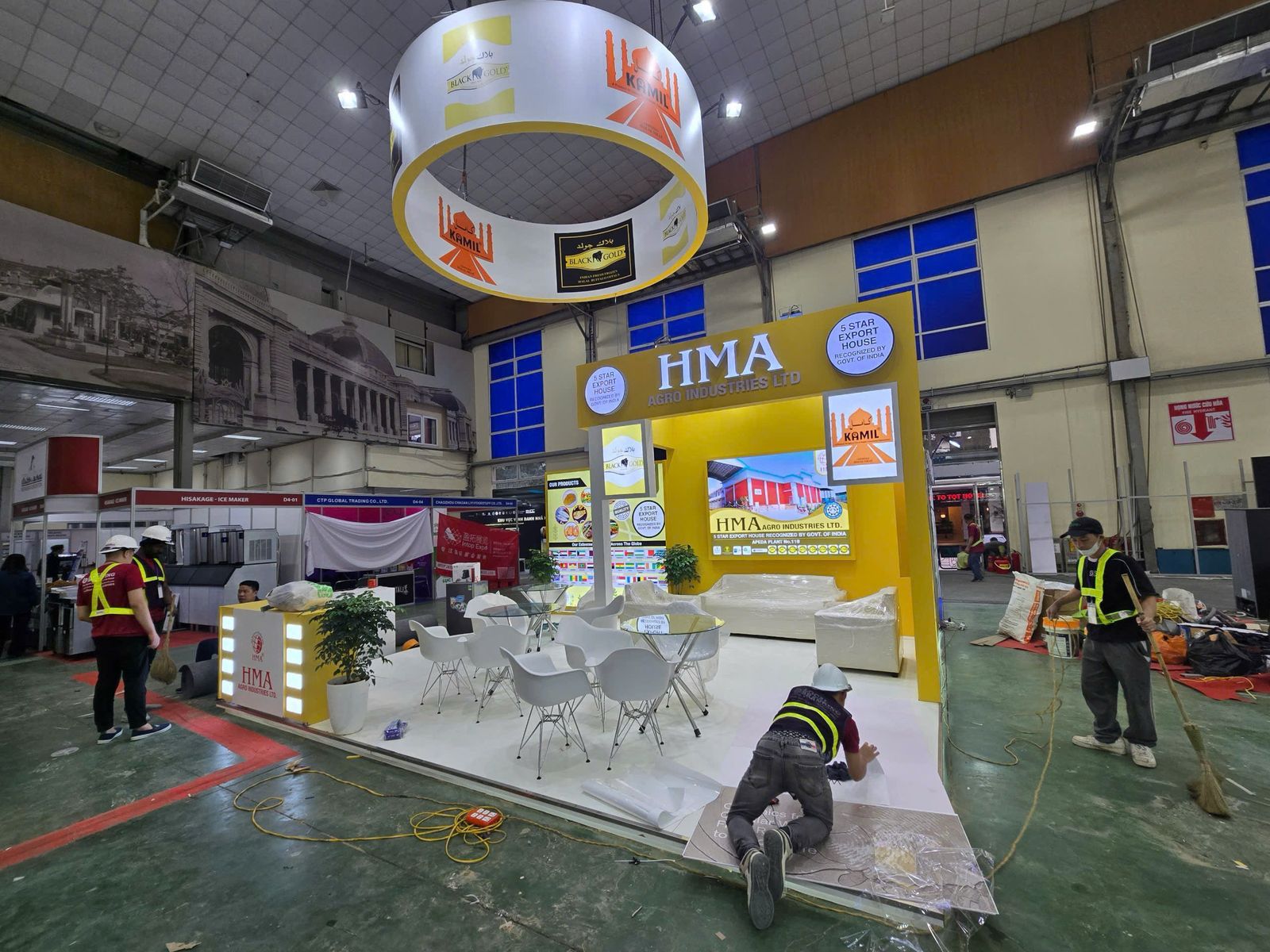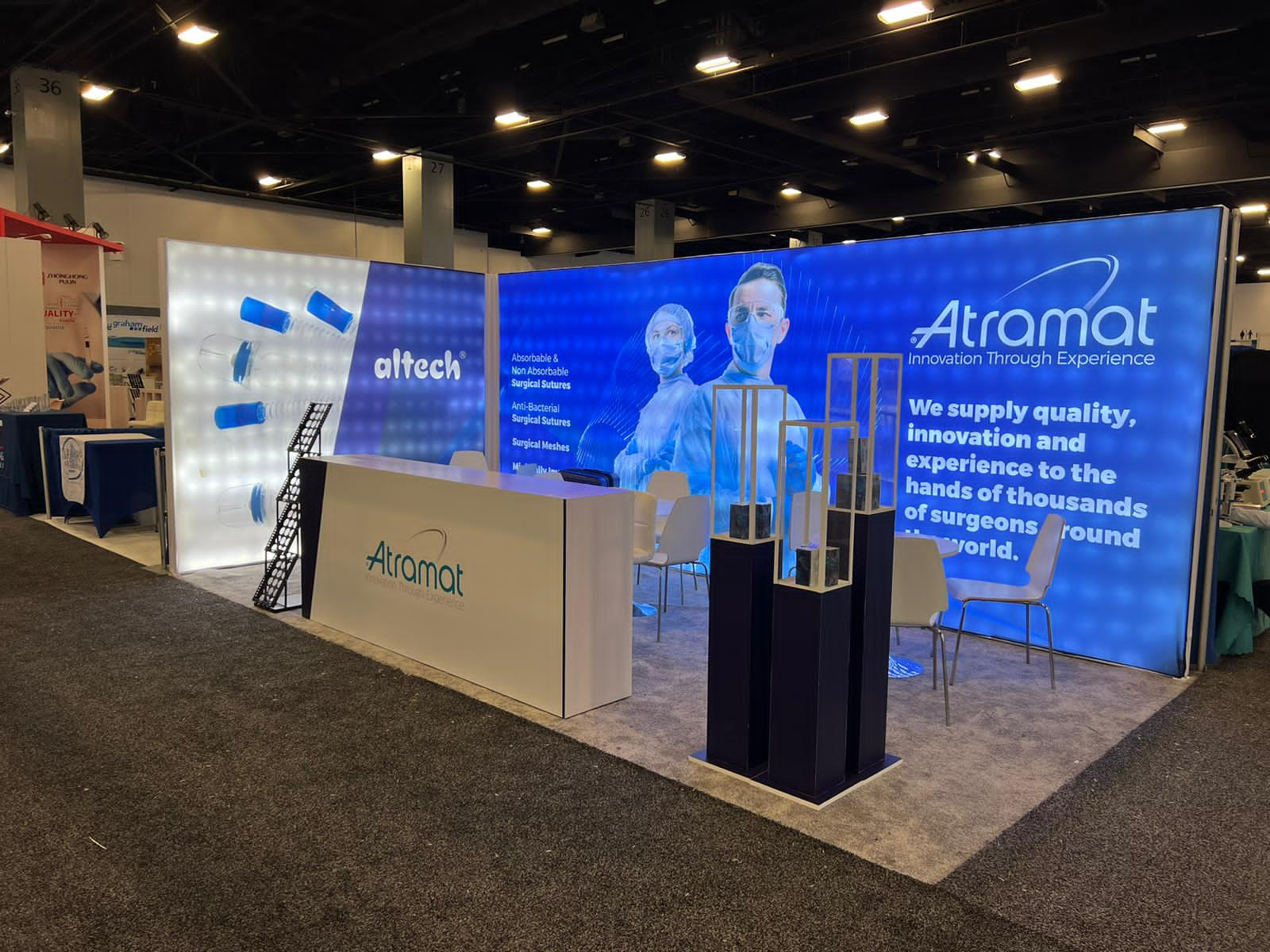In 2025, the competition on the exhibition floor is more intense than ever. Brands are constantly seeking ways to stand out, engage audiences, and create memorable experiences. A bespoke exhibition stand is a powerful way to differentiate your brand, capture attention, and drive meaningful interactions. With the evolution of technologies, changing audience expectations, and a growing emphasis on sustainability, custom-built stands must blend creativity with functionality.
Here’s a comprehensive guide to the top bespoke exhibition stand ideas for 2025, designed to inspire businesses, marketers, and designers aiming to create a lasting impression.
1. Sustainable & Eco-Friendly Stand Designs
Sustainability is no longer just a trend — it’s a necessity. In 2025, brands that adopt eco-conscious exhibit designs not only reduce their environmental impact but also resonate with socially aware visitors.
Key Elements:
- Reusable modular structures: Create stands from materials that can be repurposed for future events.
- Eco-friendly materials: Utilise recycled wood, biodegradable fabrics, and sustainable paints.
- Digital alternatives: Replace printed materials with interactive screens and QR codes.
- Energy-efficient lighting: Incorporate LED lights and renewable energy solutions like solar-powered components.
Why It Works:
Consumers today are keen to align with brands that demonstrate environmental responsibility. A green exhibition booth construction not only speaks to these values but also showcases innovation in design.
2. Immersive Technology Integration
In 2025, the fusion of technology and physical spaces continues to redefine brand storytelling. Bespoke exhibition stands equipped with Augmented Reality (AR), Virtual Reality (VR), and Mixed Reality (MR) deliver captivating, interactive experiences.
Popular Implementations:
- Virtual product demos: VR headsets can transport visitors to a simulated environment to experience products in action.
- AR-enhanced catalogues: By scanning codes, attendees can view 3D product models directly through their smartphones.
- Touchless interactions: Gesture-based controls and voice-activated displays reduce contact while enhancing engagement.
Impact:
Such technologies not only captivate attention but also allow brands to showcase complex products or services that can’t be physically displayed due to space or logistics.
3. Multi-Sensory Experiences
To fully engage visitors, bespoke exhibitor booth ideas in 2025 are designed to stimulate multiple senses — sight, sound, smell, touch, and even taste.
Examples:
- Custom scents: Introducing a signature scent can create a deeper emotional connection.
- Tactile surfaces: Interactive walls or product samples that invite touch increase memorability.
- Ambient sounds: Tailored soundscapes enhance the atmosphere and reinforce brand identity.
- Tasting stations: For food and beverage brands, offering curated tasting experiences remains effective.
Benefit:
Engaging multiple senses ensures a richer visitor experience, making your booth more memorable than static displays. Swadeshi Samachar
4. Architectural Storytelling
Gone are the days of cookie-cutter booth designs. Bespoke stands now incorporate architectural storytelling, where the structure itself narrates the brand’s ethos and journey.
Techniques:
- Themed environments: Design spaces that reflect the brand’s heritage, future vision, or product origins.
- Zoned storytelling: Create distinct sections within the stand that guide visitors through different narratives.
- Iconic structures: Utilise bold shapes, towering installations, or innovative materials to create architectural icons on the trade show floor.
Result:
An exhibition stand that tells a story through its design leaves a stronger impression and encourages longer dwell times.
5. Hybrid Physical-Digital Stands
With the rise of hybrid events post-pandemic, 40×50 trade show booth rentals in 2025 are increasingly blending physical presence with digital reach.
Features:
- Live streaming zones: Broadcast demonstrations or interviews directly from the booth to online audiences.
- Interactive digital portals: Enable remote attendees to explore the stand virtually.
- Data collection tools: Use digital kiosks and RFID technology to gather visitor insights seamlessly.
Advantage:
This approach expands audience reach beyond the event floor and provides data for follow-ups and analysis.
6. Personalisation & Custom Engagement
Visitors crave tailored experiences. Bespoke stands that incorporate personalisation deliver higher engagement and conversion rates.
Ideas:
- Personalised welcome: Use pre-registration data to greet visitors by name or interest.
- Custom demos: Offer curated product demonstrations based on visitor profiles.
- Interactive quizzes or assessments: Recommend solutions or products tailored to individual needs.
Outcome:
A personalised approach makes visitors feel valued, enhancing brand affinity and increasing lead quality.
7. Minimalist & Open-Space Designs
In 2025, minimalism is making waves in exhibition stand design. An open, decluttered space can project sophistication and invite exploration.
Characteristics:
- Neutral colour palettes: Soft, calming tones allow products to stand out.
- Strategic lighting: Highlight key products or messages with focused lighting.
- Flexible modularity: Easy-to-reconfigure spaces for different events or visitor flows.
Why It’s Effective:
A minimalist approach reduces overwhelm and encourages visitors to engage at their own pace, making the trade show exhibit builder in New York more inviting.
8. Bold and Experiential Graphics
Graphics play a crucial role in bespoke stand designs. In 2025, expect to see oversized visuals, dynamic displays, and artistic installations.
Innovations:
- 3D and anamorphic graphics: Create optical illusions that catch the eye.
- Kinetic walls: Moving graphics or mechanical elements that change form or display.
- Projection mapping: Transform static surfaces into animated, storytelling canvases.
Benefit:
Vibrant and interactive graphics can stop foot traffic, making them an essential tool for driving initial engagement.
9. Collaborative and Networking Spaces
Exhibitors now recognise the importance of creating spaces that facilitate conversations, partnerships, and community building.
Elements:
- Lounge areas: Comfortable seating for casual discussions.
- Private meeting pods: Quiet spaces for in-depth business meetings.
- Co-working corners: Charging stations and WiFi access encourage visitors to stay longer.
Impact:
By providing functional spaces within the stand, brands can nurture relationships that extend beyond the event.
10. Culturally Inspired Themes
Global brands are increasingly using exhibition stands to celebrate cultural diversity and heritage.
Approaches:
- Local artistry: Collaborate with local artists to integrate unique designs or installations.
- Cultural motifs: Use patterns, colours, or structures inspired by regional architecture.
- Interactive storytelling: Share stories of cultural relevance through guided tours or AR experiences.
Value:
Culturally inspired stands offer authenticity and allow brands to connect deeply with diverse audiences.
11. Kinetic and Modular Designs
Flexibility is essential for exhibitors participating in multiple events. Kinetic and modular stands provide dynamic solutions.
Features:
- Adjustable configurations: Modular units that can be reassembled differently based on space and objectives.
- Moving components: Parts of the stand that shift or rotate to create changing experiences.
- Tool-less assembly: Quick set-up and dismantling reduce labour and time costs.
Advantage:
This adaptability maximises ROI on stand investments and ensures the design stays fresh across different exhibitions.
12. Data-Driven Stand Strategies
In 2025, data is the backbone of successful exhibitions. Bespoke stands can be designed with integrated analytics tools.
Tools:
- Foot traffic counters: Monitor visitor numbers and peak times.
- Heat maps: Analyse which parts of the stand attracted the most attention.
- Feedback stations: Quick surveys or digital feedback forms for real-time insights.
Benefit:
Data-driven designs allow brands to optimise future exhibits based on visitor behaviour and preferences.
Final Thoughts
Bespoke exhibition stands in 2025 are more than just physical spaces — they are immersive, strategic platforms for brand storytelling, engagement, and conversion. Whether you prioritise sustainability, technology, personalisation, or bold aesthetics, the key is to align the design with your brand’s identity and objectives.
When executed well, these ideas not only capture attention but also foster meaningful connections, positioning your brand for greater success in an increasingly competitive marketplace.
If you’re planning your next trade show presence, partner with an experienced exhibition stand contractor who can translate these innovative ideas into tangible, impactful spaces tailored to your needs.



